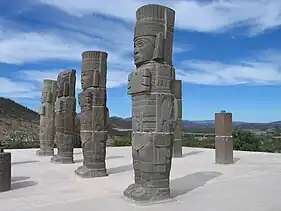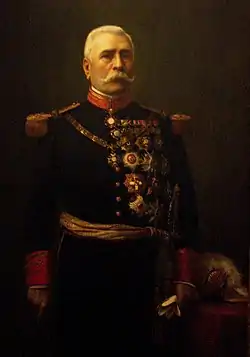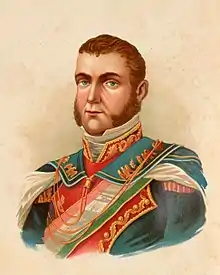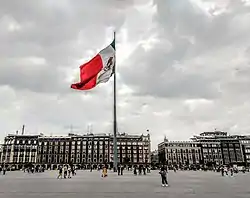|
The Temple of Warriors at Chichen Itza, Mexico
¡Bienvenido! Welcome to the Mexico portal
Mexico (Spanish: México), officially the United Mexican States, is a country in the southern portion of North America. It is bordered to the north by the United States; to the south and west by the Pacific Ocean; to the southeast by Guatemala, Belize, and the Caribbean Sea; and to the east by the Gulf of Mexico. Mexico covers 1,972,550 km2 (761,610 sq mi), making it the world's 13th-largest country by area; with a population of almost 130 million, it is the 10th-most-populous country and has the most Spanish speakers. Mexico is organized as a federal republic comprising 31 states and Mexico City, its capital.
| ||||||||||
List of selected biographies |
|---|
In the news
- 24 November 2023 – Mexican drug war
- The security chief for El Chapo's Sinaloa Cartel Nestor Isidro Pérez Salas, also known as "El Nini", is arrested in Culiacán, Sinaloa, Mexico. The United States Drug Enforcement Administration had a $3 million bounty for El Nini's arrest. (CBS News)
- 20 November 2023 – Mexican drug war
- A shootout between police and armed civilians in Cuernavaca, Morelos, kills nine people, including two police officers. (AP)
- 11 November 2023 –
- Mexican officials impose severe, months long cuts to Mexico City’s water supply, acting just a month after initial restrictions were ordered as drought dries the city's reservoirs. (AP)
- 10 November 2023 –
- Authorities find 123 Central and South American migrants trapped in a trailer in San Luis Potosi, Mexico after a local reported hearing cries for help from a locked trailer box. (AP)
- 25 October 2023 – 2023 Pacific hurricane season
- Hurricane Otis becomes the most intense landfalling cyclone in the Eastern Pacific basin on record after making landfall near Acapulco, Mexico, and killing at least 27 people in the city, as a category 5 hurricane with 1-minute sustained winds of 165 miles per hour (266 km/h). (AP)
- 23 October 2023 – Mexican drug war
- At least 24 people, including twelve police officers, are killed in three separate mass shootings and ambushes by unidentified assailants in Coyuca de Benítez, Guerrero, and Tacámbaro, Michoacán, Mexico. (AFP via France 24)
Selected fare or cuisine -

A calavera (Spanish – pronounced [kalaˈβeɾa] for "skull"), in the context of Day of the Dead, is a representation of a human skull or skeleton. The term is often applied to edible or decorative skulls made (usually with molds) from either sugar (called Alfeñiques) or clay, used in the Mexican celebration of the Day of the Dead (Spanish: Día de Muertos) and the Roman Catholic holiday All Souls' Day. Calavera can also refer to any artistic representations of skulls or skeletons, such as those in the prints of José Guadalupe Posada, or to gifts or treats in relation to the Day of the Dead. Some widely known calaveras are created with cane sugar, decorated with items such as colored foil, icing, beads, and sometimes objects such as feathers. They range in multiple colors.
Traditional methods for producing sugar skulls with molds have been in use for a long time, though the first known mention of the sale of skeletal figures dates to the 1740s. The sugar skulls were originally created as gifts, to be eaten by children. They are sometimes now used as offerings to be placed on altars known as ofrendas ("offerings") for Día de Muertos. It has been argued that the tradition has roots in indigenous celebrations, by groups including the Aztec, Mayan, and Toltec commemorations. However, what we now call Day of the Dead is more Catholic than indigenous because the Spanish tried to eradicate indigenous religions Moreover, as Stanley Brandes has argued, these skulls and skeletons have seven characteristics. They are: (1) ephemeral; (2) seasonal; (3) humorous; (4) secular; (5) commercial; (6) made for living people; (7) meant to be played with; (8) small and transportable; (9) made and consumed by an urban population. They are "lighthearted emblems of death." Thus they are not derived from sacred Mesoamerican traditions. (Full article...)List of fare/cuisine articles |
|---|
General images
Categories
Topics
Related portals
WikiProject
You are invited to participate in WikiProject Mexico, a WikiProject dedicated to developing and improving articles about Mexico.
Associated Wikimedia
More portals
-
 List of all portalsList of all portals
List of all portalsList of all portals -
 The arts portal
The arts portal -
 Biography portal
Biography portal -
 Current events portal
Current events portal -
 Geography portal
Geography portal -
 History portal
History portal -
 Mathematics portal
Mathematics portal -
 Science portal
Science portal -
 Society portal
Society portal -
 Technology portal
Technology portal -
 Random portalRandom portal
Random portalRandom portal -
 WikiProject PortalsWikiProject Portals
WikiProject PortalsWikiProject Portals

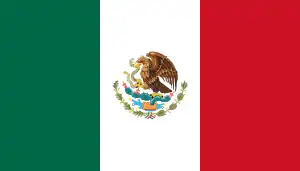
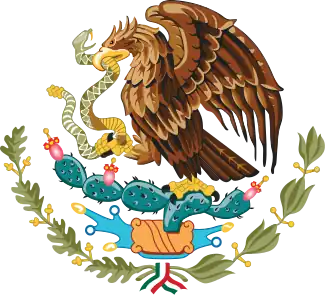


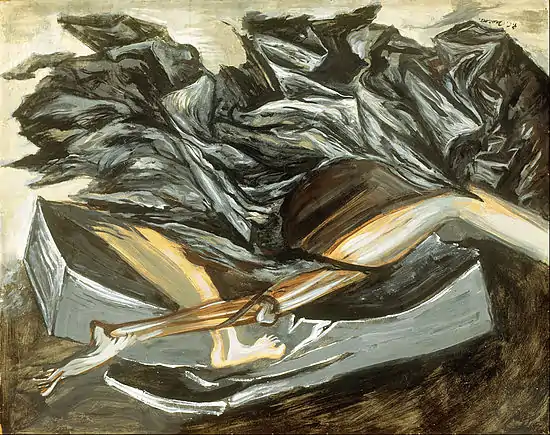
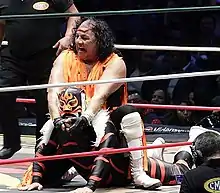
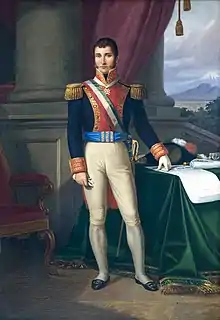

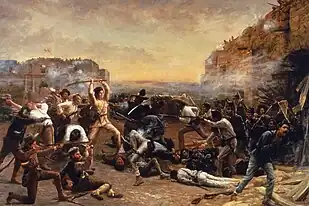
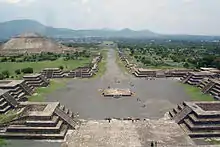
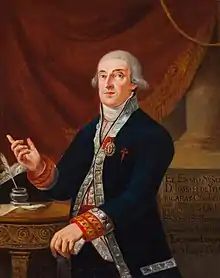



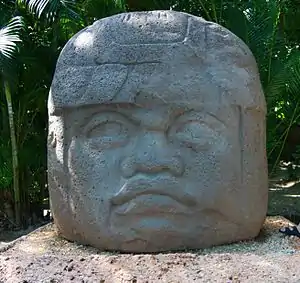








.jpg.webp)
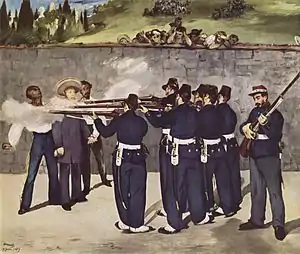

%252C_Carlos_Par%C3%ADs_(1820_-_1835).png.webp)
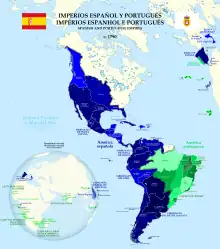
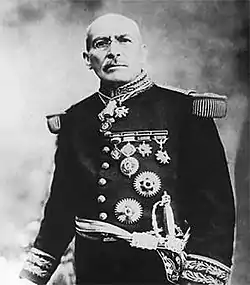



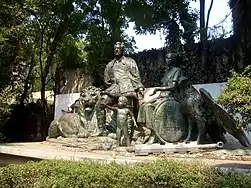


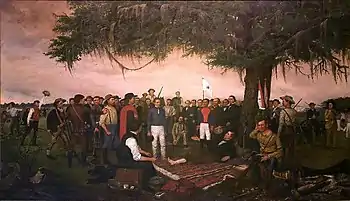
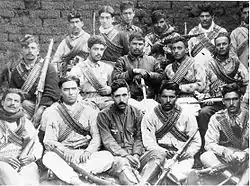


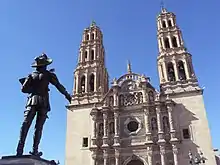


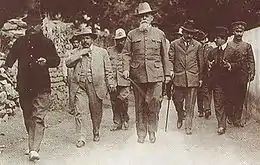
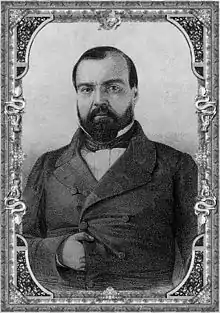
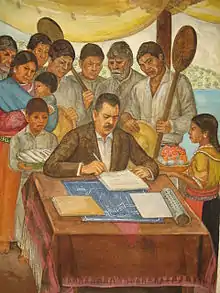




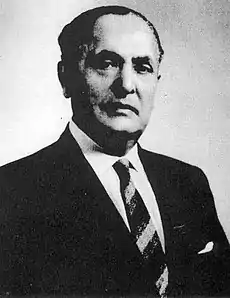


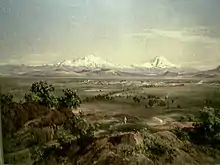
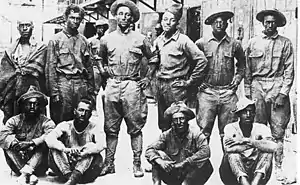
.jpg.webp)
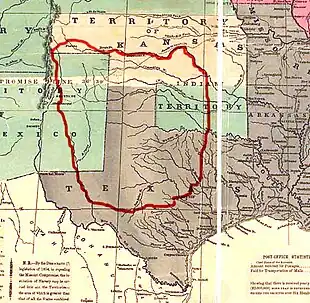
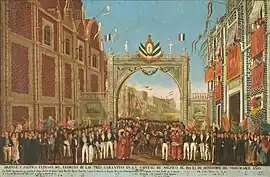
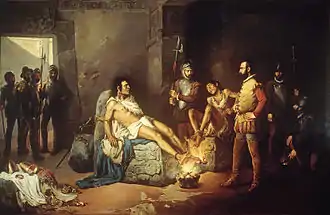
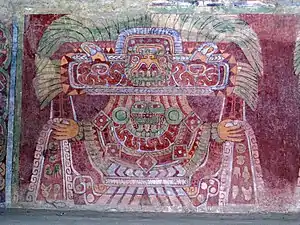

.jpg.webp)

